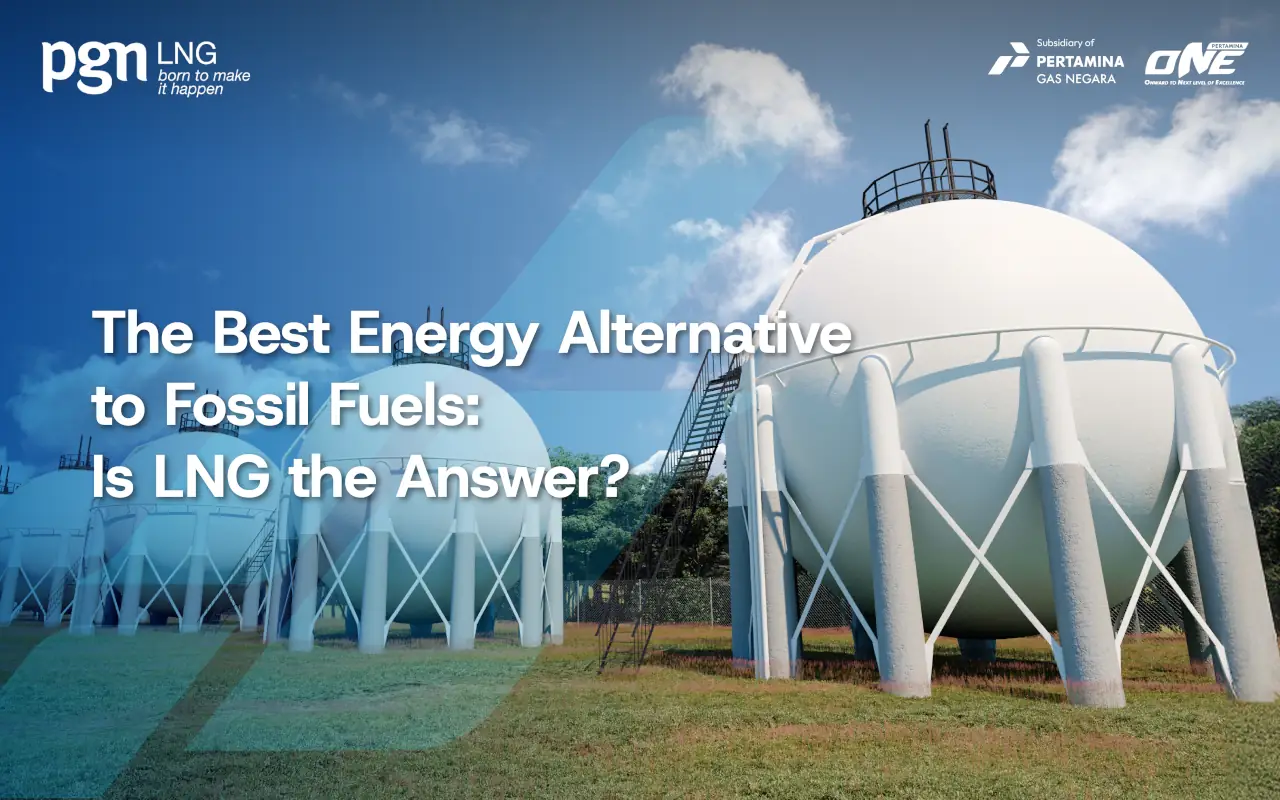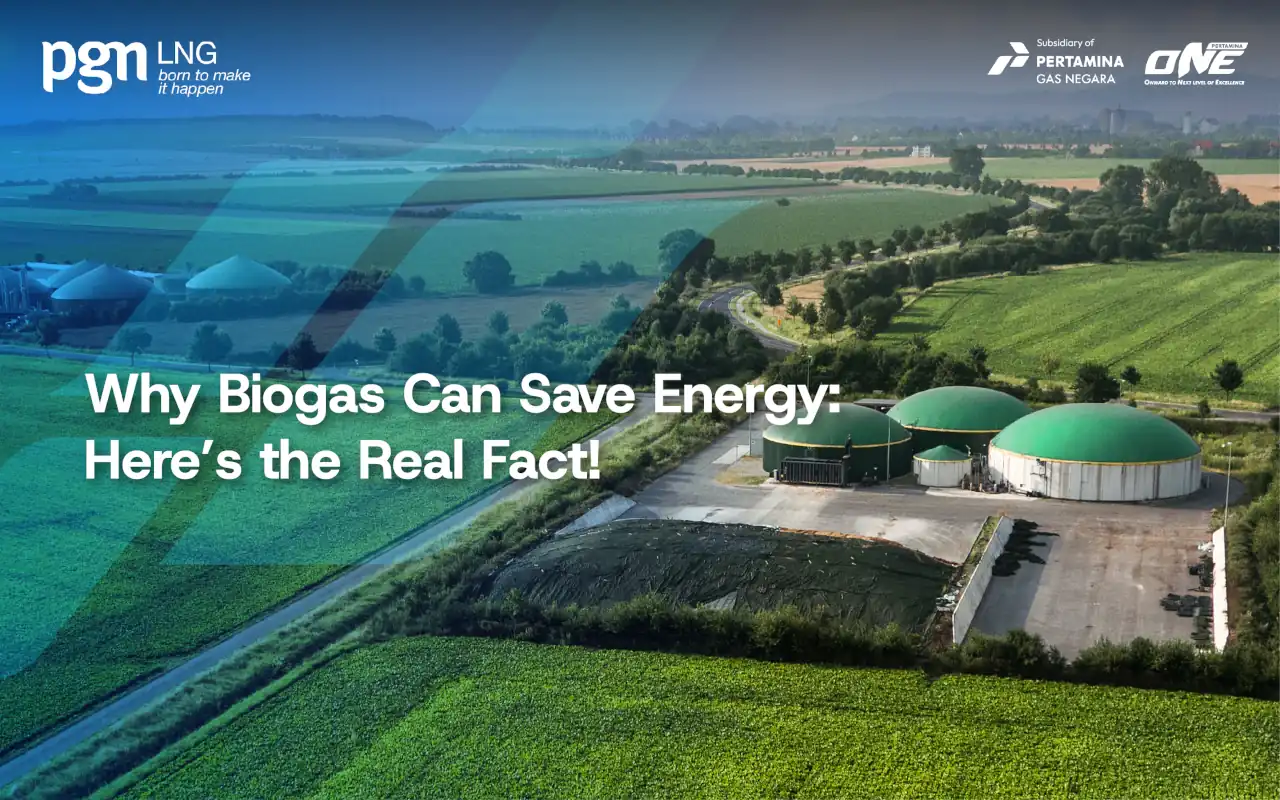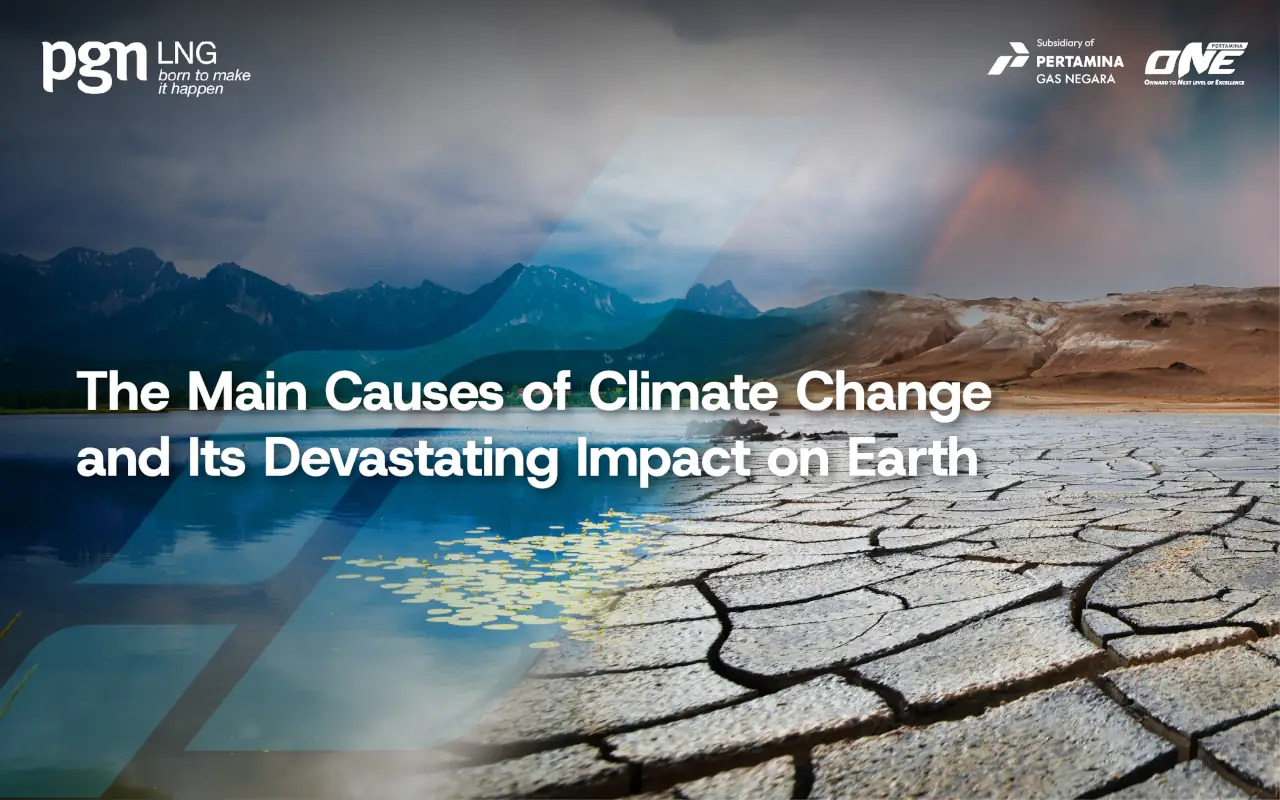Today, we still rely heavily on fossil fuels as our primary source of energy. While these resources have played a crucial role in powering the global economy and industries, they come with significant health risks and environmental damage.
To reduce this dependence, it’s time we accelerate the transition toward cleaner and more sustainable energy. The truth is, we already have alternatives ready to replace coal and petroleum.
Let’s explore the best energy options available to us today.
Why Do We Need to Move Away from Fossil Fuels?
Global warming is largely driven by the burning of fossil fuels like coal and oil. The combustion process causes severe harm to both the environment and human health.
Extracting and using fossil fuels leads to deforestation, land displacement, ecosystem degradation, and loss of biodiversity.
Toxic waste from fossil fuel processing often contaminates freshwater sources, rivers, and oceans, endangering communities that rely on clean water access.
Moreover, air pollutants from fossil fuel combustion increase the risk of respiratory and cardiovascular diseases.
Unfortunately, Indonesia remains highly dependent on fossil fuels. This calls for strong commitment, progressive policies, and investment in clean and sustainable energy infrastructure.
Read More: Decarbonization, Why the World Must Shift to Clean Energy?
What Are the Best Alternatives to Fossil Fuels?
To avoid worsening environmental destruction and health hazards caused by coal and oil, we must transition to cleaner and greener energy sources.
Here are several promising alternatives:
Liquefied Natural Gas (LNG)
LNG is derived from natural gas that is cooled to -162°C, transforming it into a liquid for easier storage and distribution, especially in areas without pipeline networks. Although still a fossil fuel, LNG is cleaner and more efficient than coal and oil.
Switching from coal to LNG can reduce carbon dioxide (CO₂) emissions by about 25%, nitrogen oxides (NOₓ) by around 90%, and it produces almost no sulfur dioxide (SO₂) or other harmful particulates.
Read More: What’s the Difference Between LPG and LNG? A Clear Breakdown
Solar Energy
Solar power is one of the most abundant and eco-friendly renewable energy sources. It harnesses sunlight to generate electricity using solar panels or photovoltaic systems.
Indonesia’s location along the equator makes it ideal for solar energy development, with year-round sunshine providing enormous potential.
Wind Energy
Wind power is generated by using turbines to convert the kinetic energy of wind into electricity, without combustion, which means zero emissions.
Wind energy is abundant and free, especially in coastal regions, highlands, or open plains where wind speeds are consistently high.
Read More: The Crucial Role of Alternative Electricity Sources in Shaping Our Future
Hydropower (Water Energy)
This energy is generated by using flowing river water or waterfalls to drive turbines in hydroelectric power plants.
It utilizes water’s kinetic energy to generate electricity without emitting carbon. Hydropower plants can also help with flood control and agricultural irrigation.
Biomass Energy
Biomass comes from organic matter such as crop waste, wood, and animal manure, which can be processed into energy.
Through combustion or fermentation, biomass can be turned into biogas to power households, industries, or transportation. It also helps reduce organic waste buildup, which would otherwise harm the environment.
Geothermal Energy
Geothermal energy comes from the Earth’s natural heat. Steam or hot water from underground reservoirs is used to drive turbines and produce electricity.
Located along the Pacific Ring of Fire, Indonesia is one of the world’s richest countries in geothermal resources. Harnessing this energy supports national power capacity while enabling a cleaner energy transition.
Read More: Why LNG Plays a Key Role in the Global Energy Transition?
Why LNG Is a Strong Contender to Replace Coal and Oil?
LNG is recognized as a cleaner-burning fossil fuel compared to coal or petroleum. It emits significantly less carbon when used, helping reduce environmental impact.
LNG is clear, odorless, and non-corrosive. It’s also less flammable and safer to transport compared to other fuels.
In Indonesia, LNG is playing a strategic role in the energy transition. Its use significantly reduces air pollution and greenhouse gas emissions.
LNG is being increasingly used not only in the industrial sector but also for household purposes. In the power generation sector, the government, through state-owned enterprises, is collaborating with Pertamina to develop Gas Engine Power Plants, particularly in Eastern Indonesia, where the project is currently in the trial phase.
With its wide range of potential, LNG is seen as a strategic bridge toward achieving the government’s energy transition targets. According to the National Grid, LNG produces up to 40% lower emissions compared to coal and 30% lower than oil.
By reducing greenhouse gas emissions, our efforts to mitigate global warming become significantly more achievable, don’t you agree?





